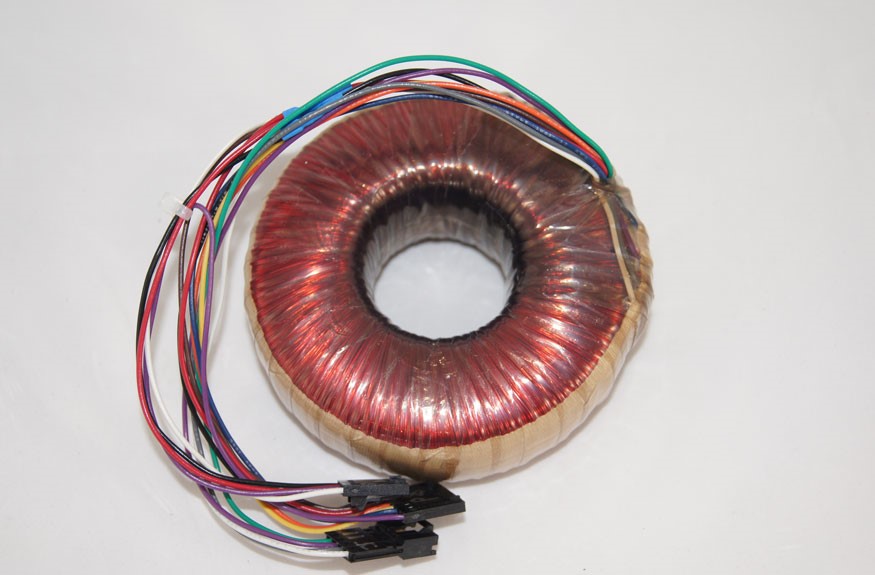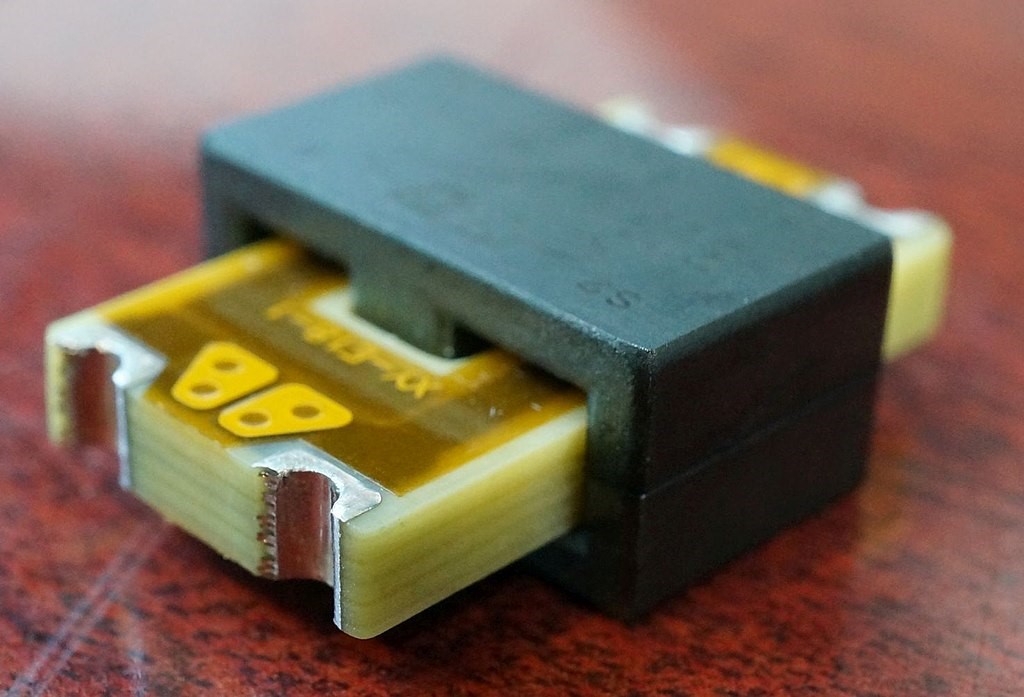Power Transformers and Builds that Last
Electronics or electrical equipment do not last very long when supplied with the wrong amount of power especially in unstable situations. Unless they’re equipped with protective components like fuses and power transformers. The use of the correct power transformer in an electrical or electronics device ensures that the device will last far longer than devices that lack such protection.
In an electronics system, the power transformer supplies power to various components. But in various lower voltages compared to the original voltage that flows from the power supply. A transformer’s main function is to convert or transform an amount of voltage to become higher or lower. The power transformer is also a good solution to isolate electronic circuitry from the high voltage electricity coming from an external public power supply.
What are power transformers?
Power transformers basically transfer electricity from one circuit to another using electromagnetic induction. The same principle as wireless charging for mobile phones. Transformers can also be used to increase (step up) or decrease (step down) voltages to a suitable level, depending on a device’s design requirements. There are several types of power transformers. The typical power transformer consists of a primary (input) and a secondary (output) coil attached to a core. The windings do not require a direct metallic connection to transfer current. This helps isolate the device’s circuitry from the external power grid. It is a way to protect the device from surges. Using the correct type of power transformer ensures that electronic devices can last longer.

Power transformers used in electronic applications:
- Toroidal transformers – often identifiable as donut-shaped components with copper tightly-wound copper on the surface. This design results in low current leakage and minimized interference to other sensitive electronic components. They are ideal in the medical equipment industry. Their low current leakage also means greater efficiency and allows for the design of more compact units.

- Flyback transformers – often used in CRT (cathode ray tube) displays. With the decline of such displays, flyback transformers are now in use in switched-mode power supplies. The construction of the flyback transformer results in a sawtooth wave of power useful in several applications.
- Gate-drive transformers – are power transformers that function as pulse transformers. They generate voltages that activate and deactivate gated semiconductors. These transformers have a low physical profile with metallic covers that shield other components.
- Planar Transformers – used in the aerospace and military industries. They can function at high switching frequency rates, have low profiles but large surface areas. The windings are in the form of thin copper sheets compared to conventional transformers with copper wires.

- Push-pull transformers – small power transformers often used for LCD backlighting. Push-pull transformers are used to convert one DC voltage to another DC value.
- Switch Mode Power Supply (SMPS Transformers) – widely used in power supplies, computers, cell phones and other electrical and electronic appliances. They can supply constant voltage output in varying load conditions as well as isolate the input and output sides of power supplies. Depending on the power regulation requirement, they can efficiently step up or step down current.
Sources:
https://www.mpsind.com/product-resources/power-transformers/
http://www.learnabout-electronics.org/ac_theory/transformers03.php
